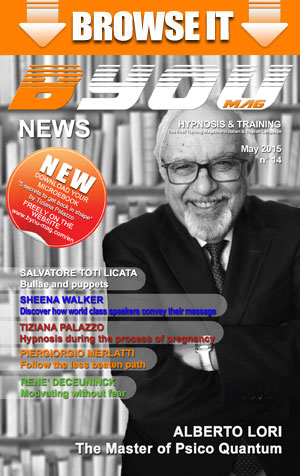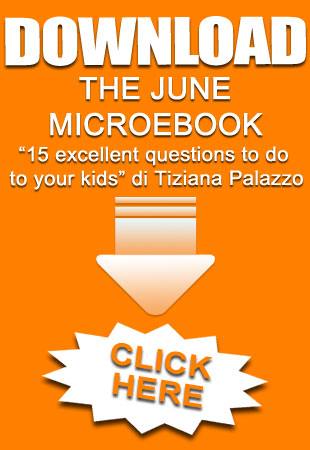The use of metaphor by Piergiorgio Merlatti
11 May, 2014
 “No one can change destiny ! ” …
“No one can change destiny ! ” …
Or not …
In these days, I came across a book that for some years was resting in my library “101 Zen Stories ” by Nyogen Senzaki by scrolling it I found one of my favorite metaphors “In the Hands of Fate” and I decided to share it with you”.
A great Japanese warrior named Nobunaga decided to attack the enemy while his army was numerically only a tenth of the opposing. He knew that he would have won, but his soldiers were doubtful. During the march he stopped at a Shinto shrine
and he told his men:
“After visiting the temple I will flip a coin. If is the head is going to win , if is the tails we will lose. We are in the hands of fate.”
Nobunaga entered in the temple and prayed in silence. He went out and he flipped a coin. It was the head. His men were so eager to fight that they won the battle without difficulty.
“No one can change destiny ” Nobunaga’s aide said to him after the battle. “Not really” said Nobunaga, showing a coin that had the head on both sides.”
This brief Zen history, I need it to introduce a topic that is of significant importance in communication and in NLP, in particular, the “metaphor”. But what is a metaphor ? The metaphor (from the greek µetaf??? from metaphéro , ” I move “) is a figure of speech which involves a transfer of meaning.
In NLP a metaphor is used to express a concept with other words that amplify the meaning and color, creating images of strong expressive by making look familiar abstract concepts. For centuries, the metaphor is present in all cultures, novels, stories, proverbs and even the parables, are transmitted from generation to generation, they become so deeply rooted in the way of being and thinking.
The metaphorical language, made up of images and emotions, not only succeed to pass the communication effectively, but it long fixes in people’s minds.
Politicians, educators, managers, writers, journalists, cleverly using metaphors to reach out and ” hit ” a much wider audience than that which can be touched by a traditional type of communication.
Use metaphors to write on our blog, on our website or on social networks, allows us to increase the effectiveness of our communication as the style of the metaphor is suggestive and evocative, and this allows the reader to seek and find their own conclusions.
Learn to use metaphors is simple but requires some preparation, especially if instead of writing, we have to speak in public, so the first thing, to define the topics discussed, outlining the macro and micro planning of the presence and decide which metaphor or metaphors we want insert, to prepare carefully when linking the metaphor and to decide how prepare yourself for the release of the same, to try again and again so that it becomes an well-oiled automatism.
I suggest a voice recorder to be able to hear again and to possibly change, tone, rhythm and pauses intervention “voila” … you are ready to use one of the most powerful communication tools at your disposal.
Have you Fun. And remember you the teaching of Nobunaga ” … no one can change destiny ” … but we can give a big help to make it go where we want, it just depends on us!
Piergiorgio Merlatti
http://www.phoenixprojectllc.com
Related Posts
-

Fire Your Monkey Mind! by Dana Pharant
-

How to acquire the references by Cesare D'Ambrosio
-

Assertive comunication 2 by Piergiorgio Merlatti
-

The Emotional Intelligence Goes On Holiday by Silvia Minguzzi
-

Assertive comunication by Piergiorgio Merlatti
-

The Archaic Chain: hypnosis is a intimate relationship by Marco Pacori
-

Mental Sport Coaching by Salvatore Toti Licata
-

Bryan Smith' Quotes by Bryan Smith
-

ThatConnect MUSIC by Clinton Bishop
-

More than Jazz ... di Tal Babitzky



